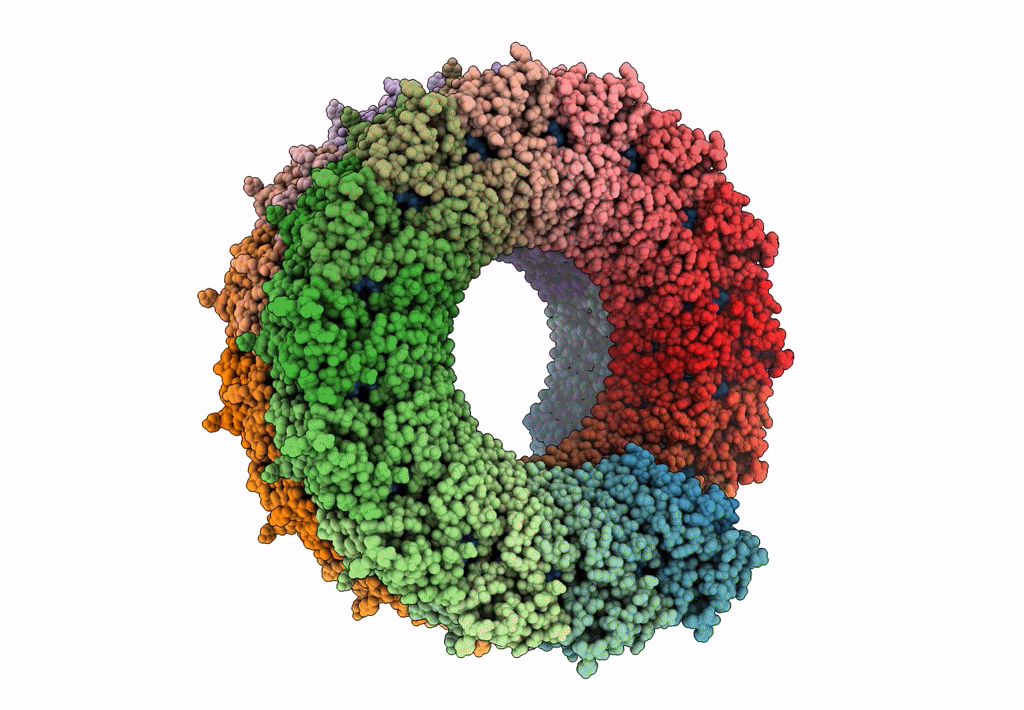
Deposition Date
2015-03-21
Release Date
2015-06-03
Last Version Date
2024-02-21
Entry Detail
Biological Source:
Source Organism:
Sulfolobus islandicus rod-shaped virus 2 (Taxon ID: 157899)
Method Details:
Experimental Method:
Resolution:
3.80 Å
Aggregation State:
FILAMENT
Reconstruction Method:
HELICAL


